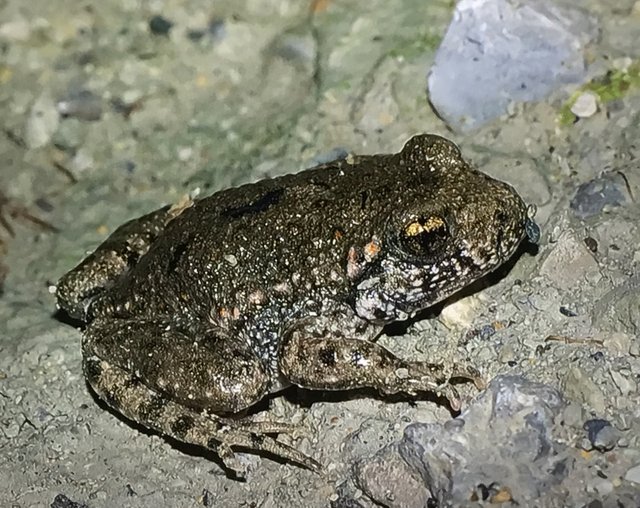Extropia’s Curious Science: Tattooed Toads
‘THE TATTOOED TOADS’
Welcome to my series devoted to the fringes of science where we find crazy ideas that could just be true, and outright frauds that make you wonder ‘how did they think anyone would fall for this?’. Talking of which….
In 1924 a paper was published that claimed to have found proof that a long-disproved theory might have been right all along.
This paper had the title ‘The Inheritance Of Acquired Characteristics’ and its author was an Austrian biologist by the name of Paul Kammerer. The original idea that acquired characteristics could be inherited had been the basis of an evolutionary hypothesis put forward in 1809 by Jean-Baptiste Lamarck. Lamarck believed that if an animal repeatedly used a limb or organ, that would increase its capability and this enhancement would be passed to offspring. So, for example, if a blacksmith developed powerful biceps because their work involved swinging a hammer all day, his sons and daughters would be born with powerful arm muscles.
Lamarck’s hypothesis had been debunked in a grisly experiment by one August Weismann. He cut off the tails of mice and bred them to see if their offspring would inherit the acquired characteristic of being without tails. This did not happen, and modern evolutionary theory puts genes, rather than acquired characteristics, as the mechanism driving evolution.
It must have come as a surprise, then, when a 20th century paper claimed to have proven Lamarck was right after all. Paul Kammerer was an expert in marine and amphibious species and he conducted experiments using midwife toads. They are so-called because the male of the species carries the female’s eggs on his back until they hatch.

A toad of the same kind of species used in the experiment.
Another thing that differentiates this species from other amphibians is that the midwife toad mates on land rather than in water. This means that midwife toads lack the small dark bumps (known as ‘nuptial pads’) that other toads have to give extra grip when mating underwater.
In his experiment, Kammerer had one group of toads live permanently on dry land, while another group lived in a tank of water with islands. In order to keep the tank toads going back into the water, the air temperature inside their aquarium was kept uncomfortably high. Kammerer claimed that, within a few generations, the toads forced to mate in water developed nuptial pads.
This finding caused a sensation when it was announced, with some hailing it as “the greatest biological discovery of the century”. But, then, on August 7th 1926, the American Natural History Museum’s Dr G.K Noble announced in Nature that he had found something very wrong. He had managed to get hold of the last remaining toad specimen and had noticed its nuptial pads didn’t look right. They were too smooth, and the black colorization appeared to be under the skin, whereas in normal toads the colour is in the skin itself. When he then discovered that the toad’s wrists had been slashed, he opened the wound and black ink poured out.
In other words, the whole thing had been a fraud involving tattooed toads!
Understandably, this discovery lead to the cries of ‘hoax!’, and Kammerer’s reputation was destroyed. Sadly, the shame was too much and so, having written “I find it impossible to survive my life work’s destruction” in a letter that was published in Science, Kammerer took his own life.
References: ‘Far Out’ by Mark Pilkington
It will be devastating to science if someone would make fraud claims that they have discovered something which is not. @extie-dasilva
So true! Fortunately, this fraudulent claim was exposed.
I think it would be better to avoid being unclear and very deceptive, because it would make everyone fooled by this deception
Very exciting article! I have not heard this before. Probably, much in scientific circles goes through such frauds. Financing somehow needs to be squeezed out from sponsors))) But I want to say that people today are ready to pay money for such pranks. The hybrid form of fish called Red Parrot, albino form, they are applied to the fish scales colorful tattoo and people are happy to buy them. While the fish is small, the tattoo is visible, as the fish grows, the tattoo disappears and they remain with pale herrings in the aquarium.